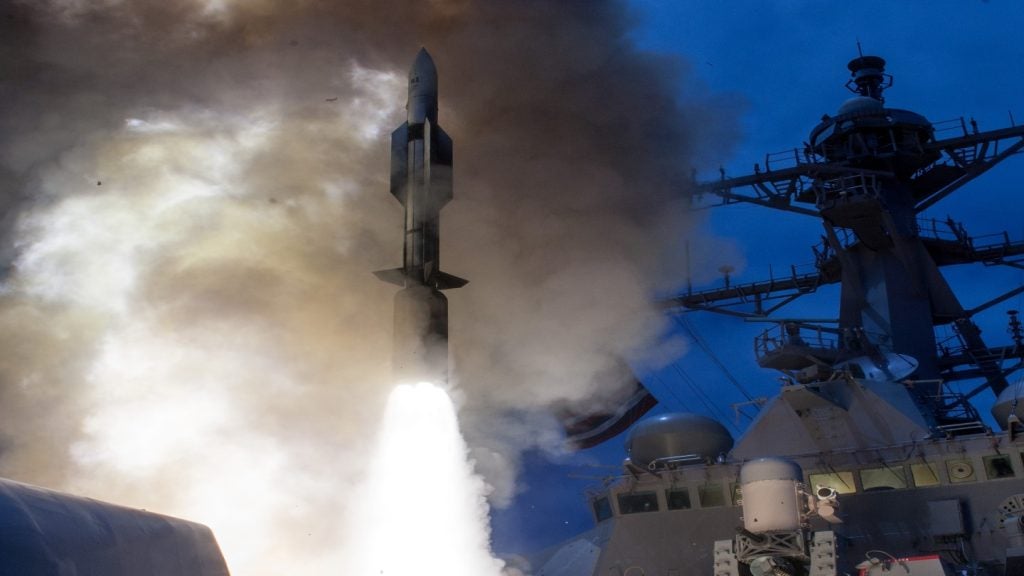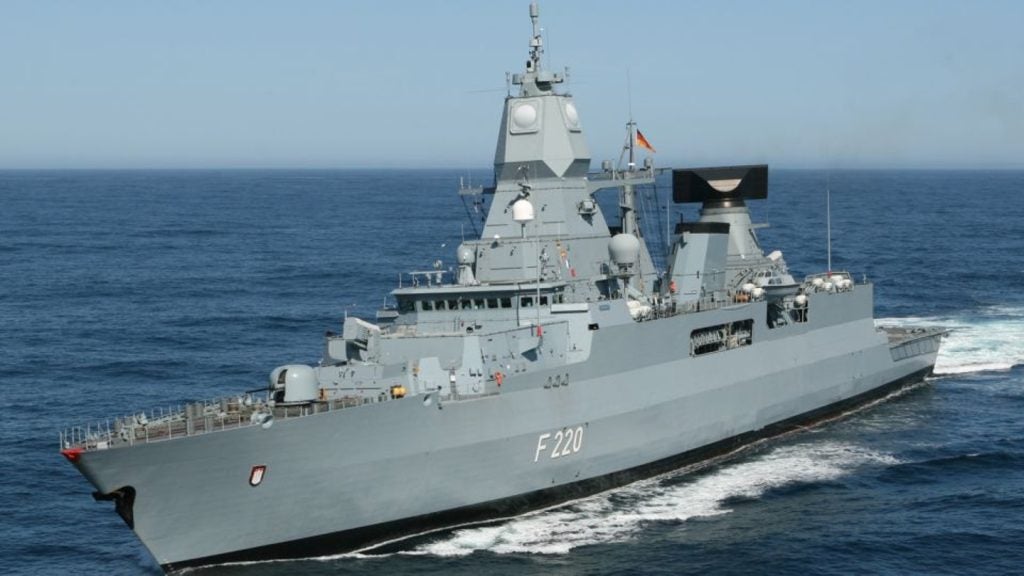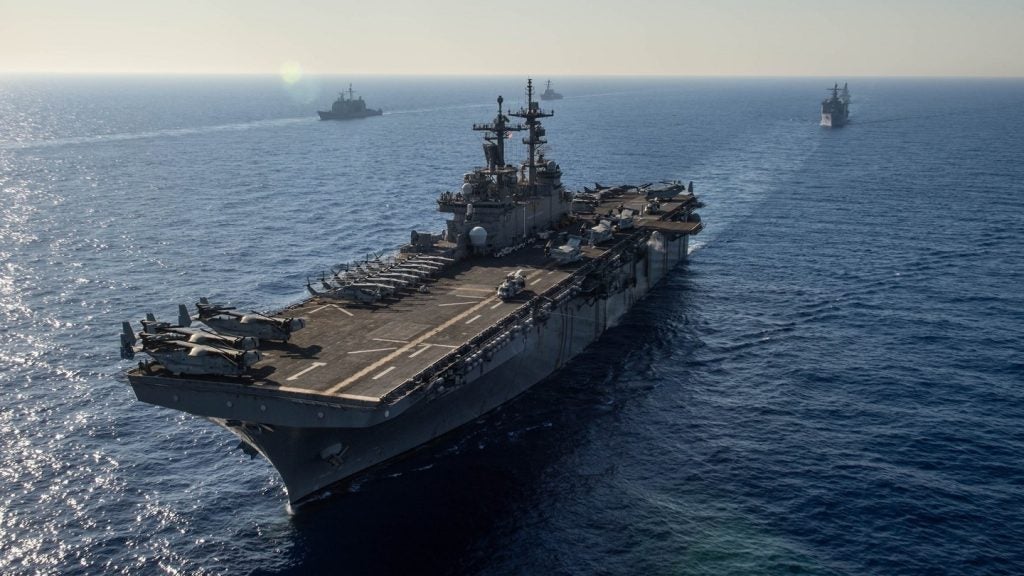Along with US Navy and Missile Defence Agency’s Aegis Combat System, Lockheed Martin has successfully completed a series of tests of the combat system’s air warfare (AW) and ballistic missile defence (BMD) capabilities.
Performed aboad USS John Paul Jones (DDG 53), the multi-mission warfare (MMW) tests aimed to verify the performance of recent BMD upgrades.
During the four MMW events, Aegis was able to detect, track and engage two ballistic missiles and two air warfare targets.
Lockheed Martin aegis ballistic missile defense programme director Paul Klammer said: "Each generation of the Aegis Combat System adds new capabilities to keep pace with emerging threats, and these tests were really designed to demonstrate the compatibility of new BMD capabilities with the entire system.
"Tremendous credit goes to the crew of USS John Paul Jones, who really put forth a great effort under challenging test conditions to demonstrate the extraordinary capabilities their ship can bring to defending our nation."
In addition, the trials saw the first endo-atmospheric engagement of a ballistic missile target to show a Baseline 9.C1 capability, which permits Aegis to engage ballistic missiles in their terminal phase.
How well do you really know your competitors?
Access the most comprehensive Company Profiles on the market, powered by GlobalData. Save hours of research. Gain competitive edge.

Thank you!
Your download email will arrive shortly
Not ready to buy yet? Download a free sample
We are confident about the unique quality of our Company Profiles. However, we want you to make the most beneficial decision for your business, so we offer a free sample that you can download by submitting the below form
By GlobalDataBaseline 9.C1, the new version of the Aegis configuration comprises the current generation of ballistic missile defence programming, known as BMD 5.0 CU.
Under this configuration, Aegis combines BMD and anti-air warfare into its integrated air and missile defense (IAMD) capability with the support of commercial-off-the-shelf and open architecture technologies.
Aegis BMD Combat System’s key component is the SPY-1 radar, which along with new multi-mission signal processor (MMSP), offers the US and allied nations advanced surveillance services and an unprecedented IAMD capability.







